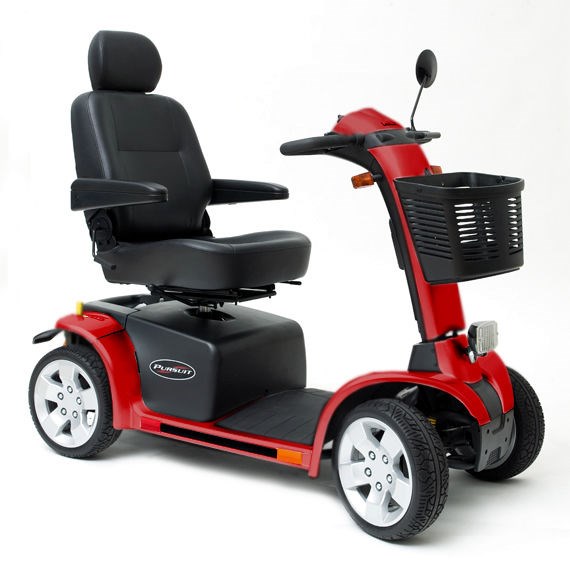These are popular vehicles, but some users are making it bad for others.
The OPP remind you that there are rules that must be respected.
E-Bikes
To operate an e-bike on Ontario's public roads, the following vehicle safety and operator requirements are in place:
- E-bikes must not weigh more than 120 kg (includes the weight of bike and battery).
- All operators AND passengers must be at least 16 years of age.
- All operators and passengers must wear an approved bicycle or motorcycle helmets.
- No modifications to the motor to allow it to exceed a power output greater than 500W and a speed greater than 32 km/h.
Where to drive my e-bike:
E-bikes must be operated on the right side of the road (travelling with traffic) and as close to the curb as is practicable (approximately 1metre away).
The pedals on an e-bike
If you remove the pedals from your e-bike, it is no longer considered to be an e-bike because it does not conform to the Highway Traffic Act definition of a power-assisted bicycle. Removing the pedals makes it an illegal vehicle. Charges may apply for operating a motor vehicle without registration and insurance.
Driver's license requirement:
If you are a suspended driver, it depends on the particular circumstances that led to your licence suspension. If your licence is suspended because of a conviction that has resulted in a driving prohibition under the Criminal Code of Canada, you cannot legally operate an e-bike. If your driver's licence has been suspended under other circumstances, you should discuss your situation with a licensed legal practitioner before deciding to operate an e-bike.
Passengers on an e-bike:
You can carry passengers on your e-bike if it was designed for more than one person. Passengers are not allowed on a bicycle designed for one person. You should check the manufacturer's information to see if your e-bike was designed to carry passengers. In addition, E-bike passengers must be at least 16 years old.
Impaired operation of an e-bike:
Impaired by alcohol or drug and then driving a motor vehicle is a Criminal Code offence and charges are laid under the Criminal Code of Canada. Under the Criminal Code, the definition of a "motor vehicle" includes an e-bike, and anyone operating an e-bike intoxicated could be charged for impaired driving. If convicted, the offender would be subject to the Criminal Code penalties, including a fine or jail time, and a driving prohibition.
Personal mobility devices: wheelchairs and medical scooters
A wheelchair or scooter:
- can be driven by muscular power or other types of power
- is designed for and used by people whose mobility is limited by a condition or functional impairment
Wheelchairs do not require registration, licence plates, a driver's licence or vehicle insurance. Anyone at any age can ride a wheelchair.
People operating motorized wheelchairs are treated in the same way as pedestrians. You must obey all the rules of the road that apply to pedestrians under the Highway Traffic Act.
Where to drive:
Most municipalities have created by-laws in regards to where wheelchairs can and can't be used. A sidewalk should be the first choice for someone using a wheelchair or medical scooter. Check with your local municipality to see if the by- laws allow their use on sidewalks. When there is no wheelchair-accessible curb, return to the sidewalk at the first available opportunity.
If there is no sidewalk available, you should:
- travel along the left shoulder of the roadway facing oncoming traffic
- look for a way to get onto a sidewalk safely and as soon as you can



